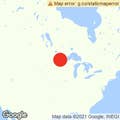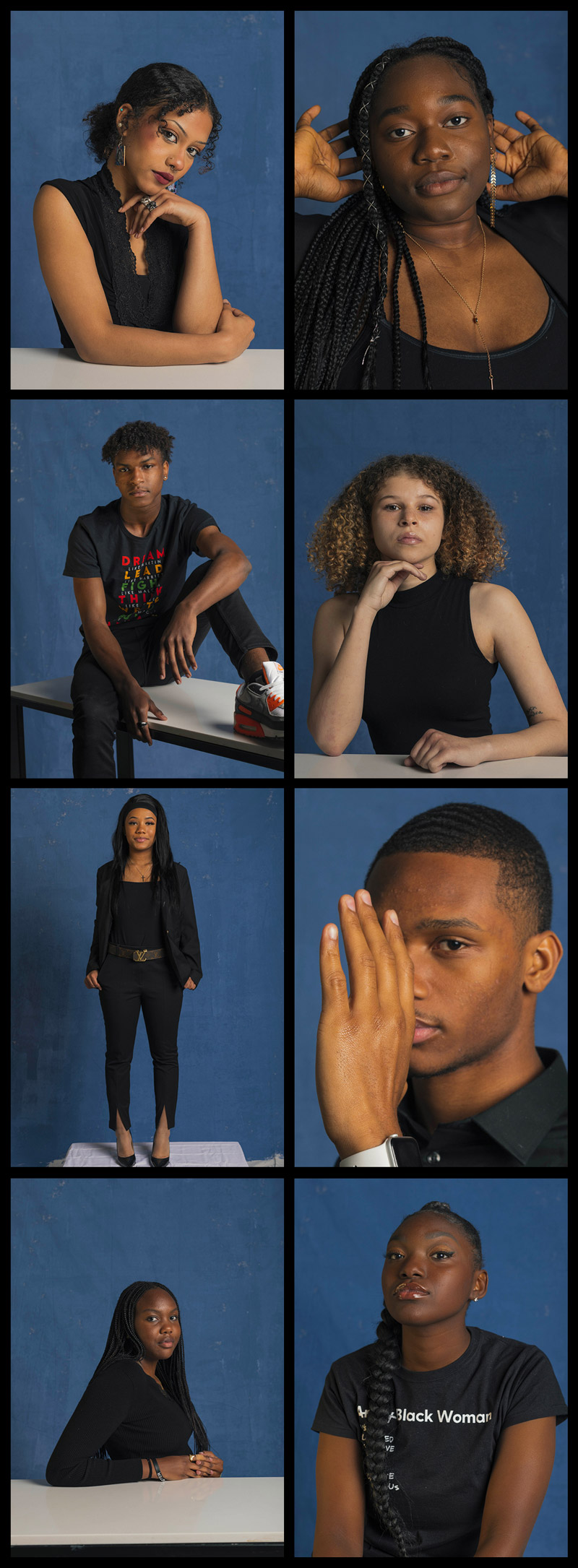MINNEAPOLIS — “Don’t watch it.” “Don’t send it.” “I don’t want to see it.” The warning texts came almost immediately, because it had happened again. Another Black life, this time 16-year-old Ma’Khia Bryant, had become a crumpled collection of limbs and blood on pavement after police showed up and opened fire. A quick, chaotic video capturing the killing reverberated across cellphones, filling social media feeds, the popping bullets and screams from onlookers blaring. Once again, a group of Black high schoolers was confronted with graphic footage of someone who looked like them — like their siblings, their friends — dying in a clip short enough to fit on Snapchat.
“You don’t understand what sharing that does to us — how desensitizing that is, how it traumatizes us, that we see people like us, that it happens every day,” Lisa Amanor, a junior at Minnesota’s Champlin Park High School, told BuzzFeed News. “You don't even think for a second, How does this make them feel? Who do they see when they look at that person getting killed?”
Amanor is 16 and lives in Brooklyn Center, minutes from where officers shot and killed Daunte Wright during what should have been a routine traffic stop earlier this month. She was in elementary school when she first saw someone who looked like her die in a Facebook video. She was in fourth grade when Eric Garner gasped “I can’t breathe,” and she was turning 12 when live footage of Philando Castile holding his blood-soaked T-shirt blew up on Facebook. Since May 2020, clips of George Floyd begging for his mother have been played on repeat everywhere. It feels like every day brings a new hashtag or video clip documenting police violence against a Black person.
Their names and the circumstances of their deaths often blend together, and that’s exactly the problem, nearly 30 young activists who converged on Minneapolis last week after an exhilarating, exhausting whiplash of a year told BuzzFeed News. The teens said the constant barrage of the footage in their social media feeds not only normalizes and dehumanizes attacks against Black bodies, but it has also habitualized their trauma. It’s a horrific, inescapable reality, they said, that only Black youth have been forced to have to live in. And now, these Gen Z’ers have a message: Don't share that. See us.
“It’s like a foreshadow of your own death,” said Nicole Bosire, a sophomore at Champlin Park High School. “And we are still so young.”
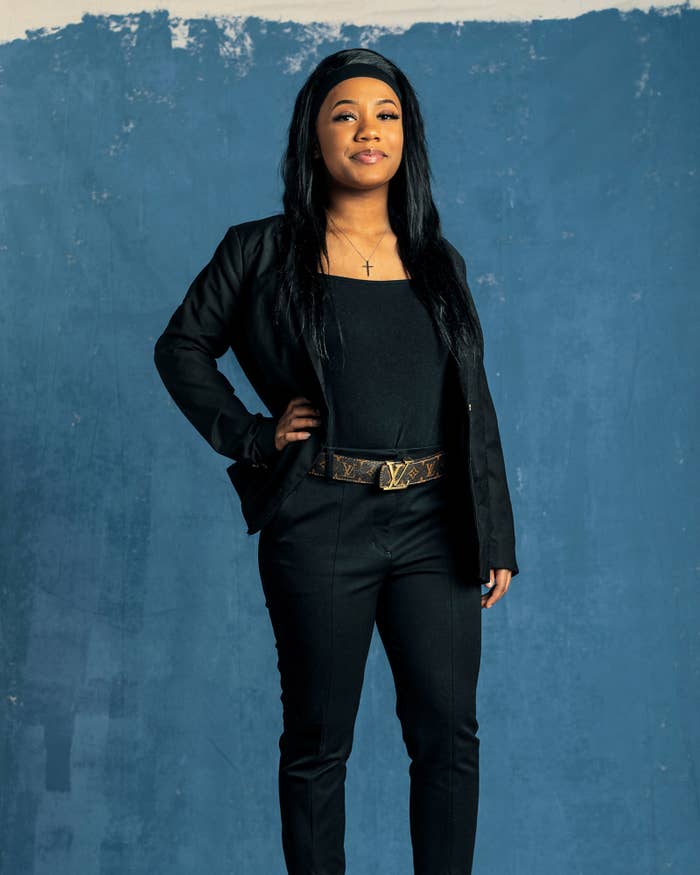
On May 23, 2020, then-14-year-old Aaliyah Murray decided enough was enough. She’d grown up witnessing and experiencing racist and discriminatory behavior, but the final straw was hearing that her cousin, a first-year student at a predominantly white high school in a nearby suburb, was being called derogatory names like “porch monkey” and “blackey.” At the time, Murray had no idea how to organize, but she wanted to create a space where Black students could talk and feel safe. She started a group chat, which quickly grew from six students to 30, and then coalesced as a group to combat racism in schools they called Minnesota Teen Activists. Two days later, George Floyd was murdered, and their mission, and worlds, exploded.
“We saw this stuff when we were young, but when we got to be 15, 16, it felt a lot more real,” Murray told BuzzFeed News. “We got old enough to realize what was happening, and that it could happen to us.”
Growing up in Minnesota, with its spate of high-profile police killings in recent years, and near Minneapolis, where officers use force against Black residents at a rate 7 times more than they do against white people, Murray made it a point to avoid videos of police brutality. “It’s really hard to watch a death of someone,” the sophomore said.
But after Floyd’s death, it seemed, for the first time, not just her community but the whole world was seething over the death of a Black man. She couldn’t escape the video as every teen she knew posted it to their Instagram and Snapchat story. It was the first police killing she watched all the way through. Seeing Floyd struggle to breathe as police pinned him to the pavement made Murray feel sick, but she understood it was something she needed to witness. That week, when she started the group’s Instagram page, Murray promised that Minnesota Teen Activists would advocate for students facing “racial disparities and incidents in their schools,” that they would have a safe space to make their voices heard and get support.
Nearly a year and too many Black deaths later, the group has amassed nearly 20,000 followers. Through Instagram, the teens have chronicled police beating Black men, their neighborhoods burning, their peers getting teargassed, trucks driving into peaceful gatherings, and sit-ins demanding justice for other Black residents killed by law enforcement. They also raised more than $100,000 to help repair riot-ravaged businesses on Minneapolis’s Lake Street and in Brooklyn Center, conducted surveys on racism in Minnesota schools to share the results with districts, fostered conversations about youth anxiety and depression, and became a resource on how to protest safely and where to get legal aid. When they can, they do their homework.
Like thousands of other students, much to the dismay of their parents, Murray spent the summer after her first year of high school learning how to choke down tear gas and outfit her peers with protest gear. At first, pouring milk into people’s “blood red” eyes and seeing injuries caused by rubber bullets affected her, but now she said she’s used to it. The teen used to have a speech impediment — she couldn’t pronounce her R’s — and said this work has “helped me bring up the courage to talk.”
Her voice is now being heard in a big way; the group recently organized the largest school walkout in state history. Students at nearly 120 schools, even those in predominantly white, rural areas, marched into frigid temperatures on April 19, the final day of former Minneapolis police officer Derek Chauvin’s trial, to protest racial injustice.
While she once avoided graphic videos, in the past few months, she’s watched the police shootings of Isaiah Brown, Adam Toledo, and Bryant, because, as a leader, she feels like it’s her duty. It’s a complicated feeling, one she and other teens share: As Black youth, as activists, they feel they need to bear witness, but they abhor how quickly and thoughtlessly people share the final moments of a Black life.
“I think it’s something people need to watch, but I don’t think it’s something people should share,” Murray said. “I don’t think people should open their phone and see another murder of their ally without warning. I don't think young kids and teens should have to watch that.”
It’s profoundly exhausting, being so plugged into constant violence while also just trying to grow up Black in America. But it’s something these activists say they have to do, despite the impact it has on their own mental health.
“I have hit that point where I am tired, fatigued, and dismayed a lot,” Jerome Treadwell, 17, who helps run Minnesota Teen Activists’ Instagram and is also president of the NAACP Youth Division in St. Paul. “But I feel like it’s my mandate to be up to date and know what’s happening and be a resource, because people depend on that.”
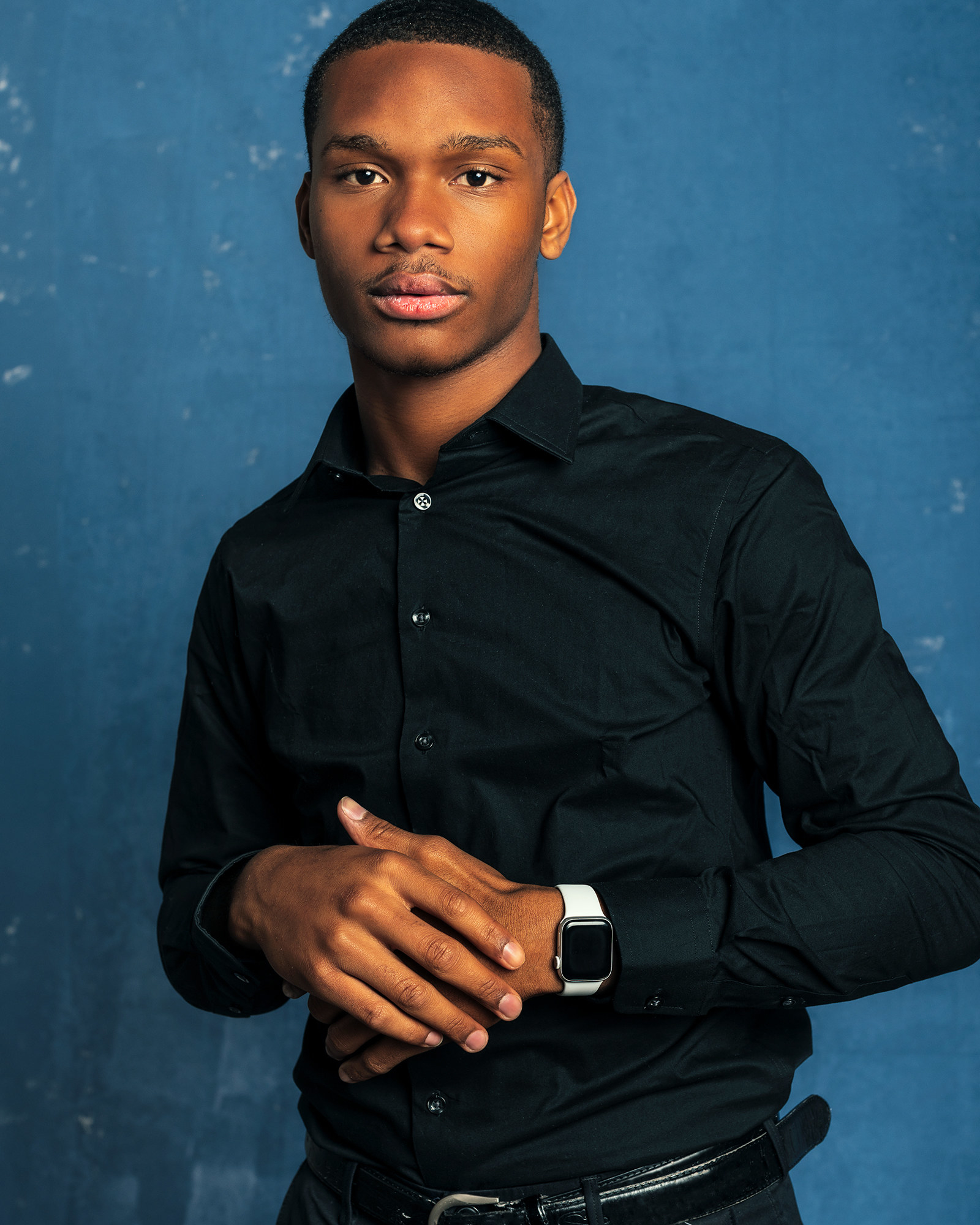
Last week, after Chauvin was convicted of murdering Floyd, Treadwell, a high school junior, organized a dinner for activists from across the country who were in Minneapolis for the verdict. It was a space, he said, where they could decompress and lean on one another after what had been a brutal, but beautiful year. It was, after all, “divine intervention” that another Black teen, 17-year-old Darnella Frazier had a year earlier shown the fortitude to stand and film Floyd dying for nearly nine minutes, he said.
“She knew people needed to see this, how they see us,” Treadwell said.
Sitting at tables in a bright white basement of an office building in St. Paul, about 20 teens and twentysomethings from five states met for the first time, trading stories over plates of Famous Dave’s barbecue chicken, beans, cornbread, and peach cobbler served by Treadwell’s mother and grandmother. The young people shared what they were most proud of: getting accepted to an HBCU, starting a foundation for Black youth, leading protests in their hometowns. They also spoke about how much it took out of them to get there. Black excellence, they’d demonstrated, is rooted in Black suffering.
Over a plate of pulled pork, Monaea Upton, a Minneapolis high school senior who is going to Spelman College in the fall, told Kamoni Miller, a 22-year-old activist from Daytona Beach, Florida, that her family first warned her about police brutality when she was 5. Her grandma told her how police had attacked her great uncle when he was walking home many years ago.
“They grabbed him and beat him up and brought him to train tracks to die,” she said. “We have that, the talk — it’s an everyday thing, that police aren’t our friends, that that’s our history.”
“Trayvon Martin was killed 30 minutes from my home, and I was in middle school when that happened,” Miller replied. “I remember protesting with my mom. That’s what opened my eyes.”
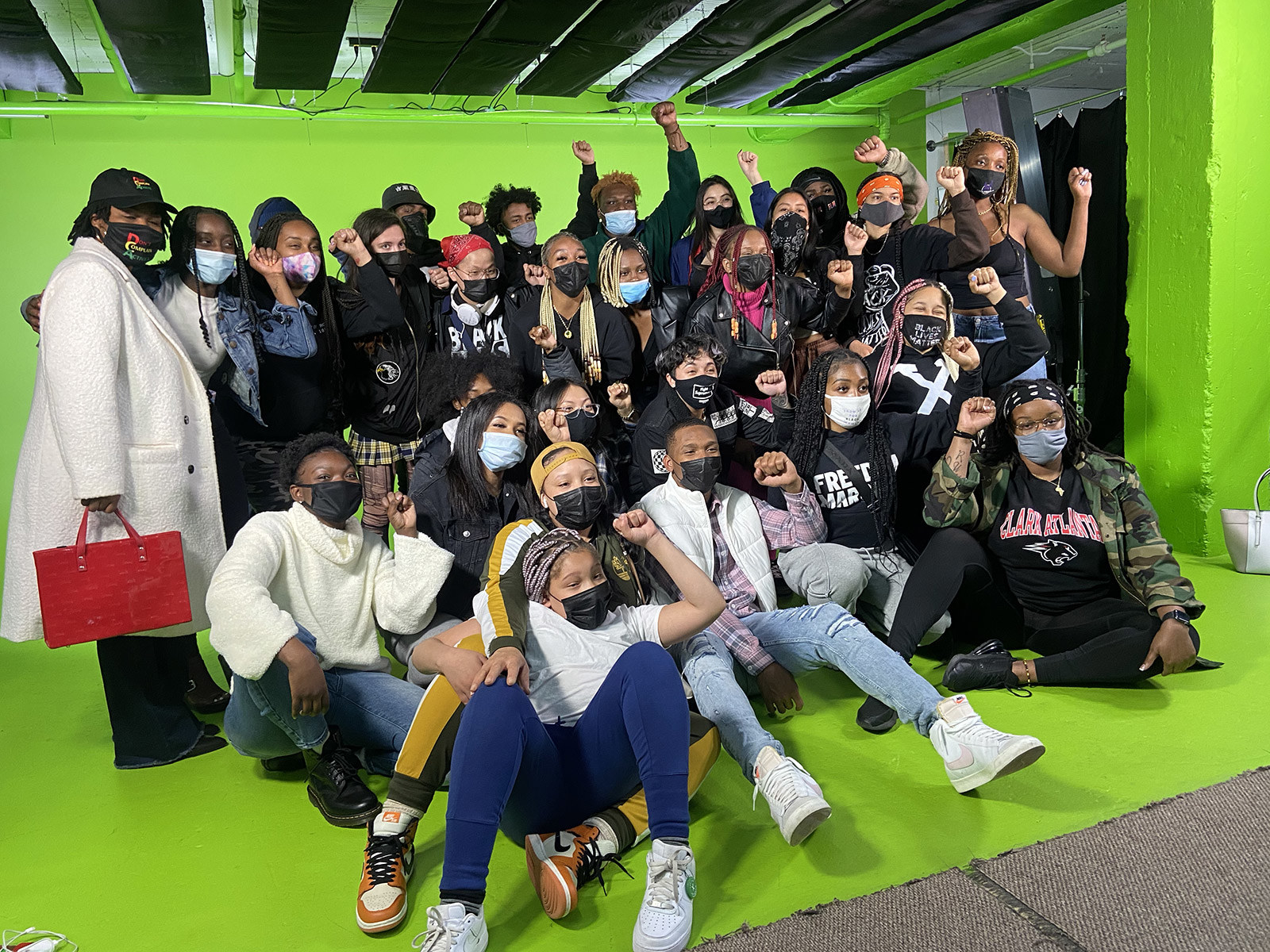
The young women, who just met that night, talked about how what happened to Floyd brought back those difficult moments that propelled them from being witnesses to organizers, as well as the trauma they’ve experienced by being on protest front lines. And while they’ve celebrated bright moments and rare victories, like Chauvin’s verdict, they know those are fleeting. They found out about Bryant’s death while rejoicing over the accountability for Floyd’s.
They couldn’t remember the last time they’ve really slept or rested, but they said they draw strength and energy from watching fellow activists on social media. Miller first learned that a group from New York was going to Minneapolis when she turned to Instagram in frustration after Florida’s governor signed an “anti-riot” law, which targets protesters with new crimes and penalties. She asked if she could join the New Yorkers.
“I felt like I knew them already,” she said. “When we finally met up with each other in Minneapolis, it was like seeing family that you haven’t seen in years. And I say that for all of the activists I met in Minneapolis. It felt like a home away from home.”

On the day of Daunte Wright’s funeral, Black activists throughout the Minneapolis area leaned on each other. Amanor, the sophomore who lives near where he was killed, gathered with Bosire and seven classmates outside a coffee shop a mile away from his service to share what it’s been like dealing with racism at their school. It was two days after a jury found Chauvin guilty of murdering Floyd, and the teens also discussed how the deaths of these and other Black men sparked their activism and galvanized their peers across the country to organize against police violence.
The courage to open up and talk, many young activists told BuzzFeed News, is something that defines and sets them apart from their parents. Experts and older leaders agree. Marika Pfefferkorn, cofounder of Midwest Center for School Transformation, works with students in multiple states and said teens have been creating their own “justice and Black liberatory spaces” because they don’t exist in schools. Administrators are not equipped to help, she added. In Minnesota, most school districts are still predominantly white and schools lack Black staff.
“There are no people in these districts to help guide them, so they are doing it on their own,” Pfefferkorn said.
Sitting in a semicircle eating donuts, the teens expressed their frustrations with white silence, their rage at not being able to show their rage because of how they’d be perceived, their desire to have uncomfortable conversations in the classroom, their disgust at the curriculum’s focus on Black trauma instead of achievements, their fatigue over the thoughtless sharing of videos showing police killings, and their fears that they or their loved ones will be the next victims.
“I have nightmares that I am Daunte and I got murdered in the street,” said Nathan Neely, adding his mother is afraid whenever he leaves the house. “And it doesn't help to get those videos on my phone and have no control over it.”
What’s worse, he went on, is being told by his elders as he’s becoming a Black man that he can’t cry about his reality, not to talk about it, to “shove shit down and move on.” As horrific as Floyd’s death was, it enabled the group of students to create their own therapy and support networks. Before this, they didn’t really know one another, just saw each other in the hallways. But now, they frequently hold, open up to, and send supportive and loving messages to one another.
“Black adults lean on each other, but in a different way,” Amanor said. “We are breaking that cycle of being afraid of affection and vulnerability. We created this space for each other, and it's a beautiful thing to have, even in the time of so much darkness.”
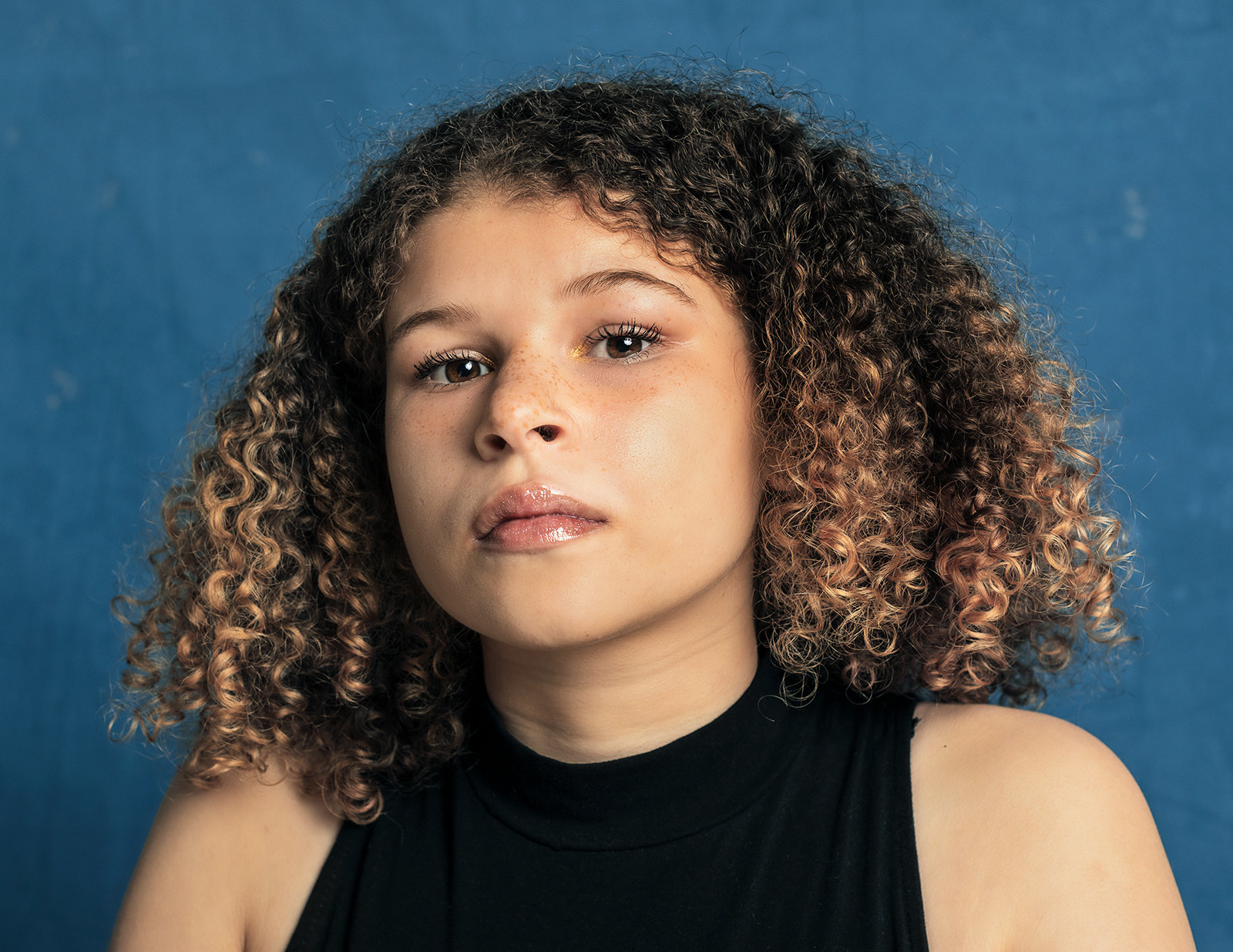
It’s this kind of community, this network of young Black Americans who can be vulnerable with one another even as they deal with numbness and exhaustion that keeps activists like Isis Atallah going.
A self-described introvert whose day job is serving food at a nursing home, the 19-year-old said this work has made her a “better person, overall” and has helped her find and define her voice.
“I would die for this. That’s how I feel about it,” Atallah said.
She recalled the gurgling fear when, at age 10, she saw her three brothers in the faces of Trayvon Martin and Tamir Rice. In 2019, after the police killing of Brian Quinones in Richfield, about 20 miles away from her home, she said she “snapped” and became involved with an organization called Families Supporting Families Against Police Violence. Last July, she put on a march in memory of Elijah McClain and then founded Minnesota Youth for Justice, sometimes working with Black Lives Matter to put on events in the St. Paul area. Now, most of her friends are like her: marching in the streets, networking online, and attending emotional events highlighting the lives of those lost to police brutality. It’s impossible, she said, not to feel heavy all the time, because they can never let their guards down.
“It does something to your mind, not just me, all my friends too. It does something to our minds, being traumatized over and over again, and I think you have to be Black to understand,” she said. “You see these videos online and then go get teargassed. Many people have PTSD, burn out. Some never come back.”
Last Friday, she was out once again, cohosting a protest for Bryant, who was 16 when police in Columbus, Ohio, shot and killed her on April 20. When Atallah first saw a photo of the teen pop up on Instagram, she went cold. For a second, she thought it was her little sister. They’re the exact same age, she said, and they look so much alike.
That’s why she can’t watch the footage of Bryant’s final moments, at least not right now. She’s afraid of what it would do to her.
“I know I would never be able to unsee it,” she said. ●

